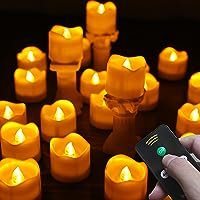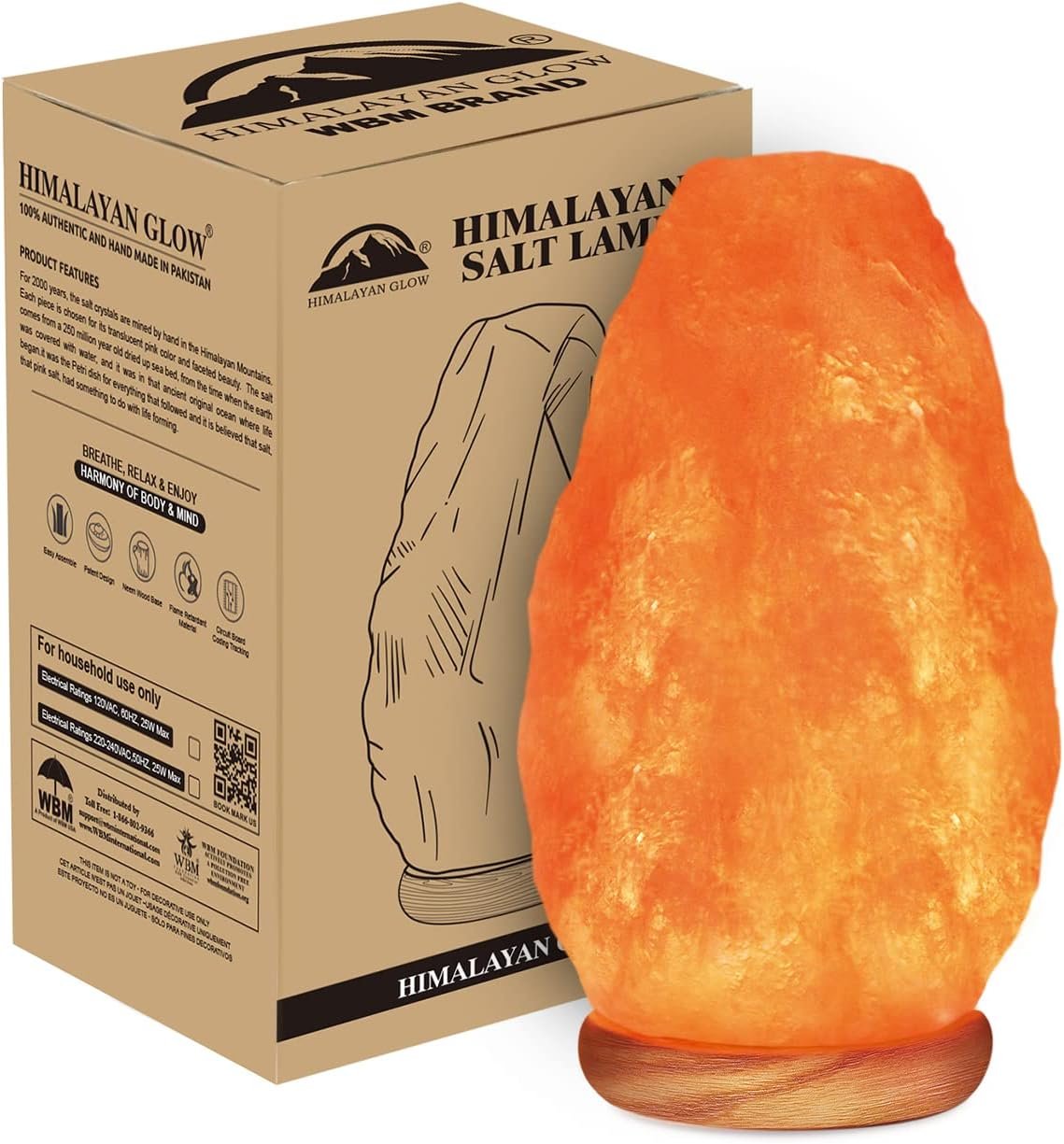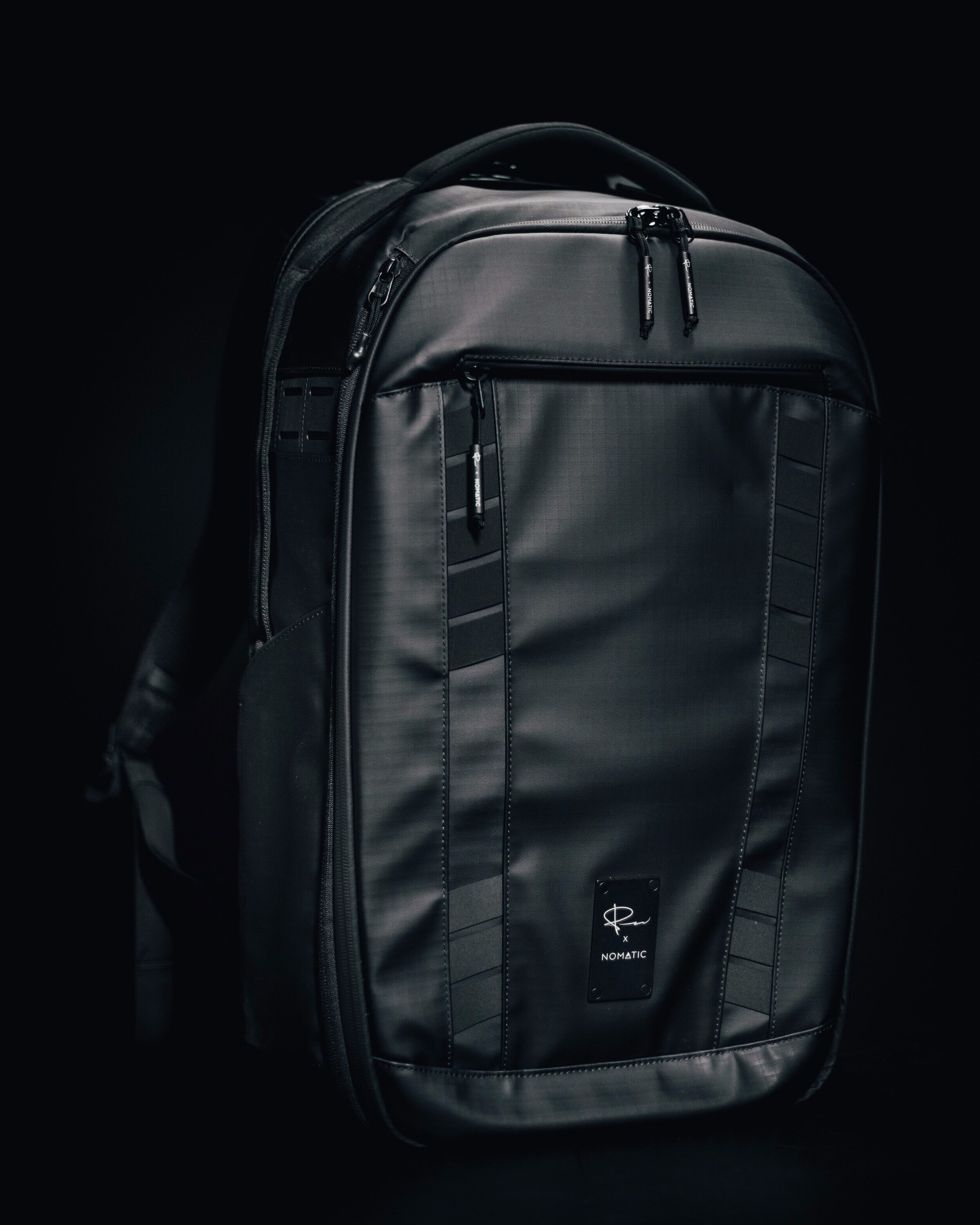EARLY PHASE
Distraction - Ignore Ignore Ignore. Carry on with your day, and let the surges build up until you are unable to ignore them any longer. No need to time them at this stage.
Rest - Especially if things begin in the middle of the night. Getting as much sleep as possible before things pick up is so important. If you’re unable to sleep between surges, have some warm tea, use the bathroom, possibly a quick warm shower, and then lay back down to rest if there’s any way you can. (I can’t stress this enough.)
Birth Ball - Gentle hip movements such as circles, side to side, figure 8’s. Or simply sit on your ball and watch your favorite movie, comedy, etc. This helps to keep the baby properly aligned and encourages pelvic mobility.
Walk - But don’t wear yourself out if it is very early on. You want to conserve your energy. Sometimes a walk can get things moving, especially curb walking.
Bake/Cook - It’s a good idea to get your birth snacks together, or prepare your after-birth meal, or easy to reheat postpartum meals. And it’s a wonderful distraction.
Movement - Changing positions can be comforting as you start to feel the intensity of your surges building up. A simple position change will keep you interested in the different sensations that each position brings. The continuous changes will be a great distraction, as well as a proactive approach to birthing.
Meditate - Get yourself in a calm centered state. Fear clearings are an excellent idea at this point. Sometimes we need that grounded starting point.
Cuddle - Birth is a very intimate occasion, and requires feelings of comfort, safety, and relaxation. Snuggling up with your partner can encourage calm, and get the oxytocin flowing! Hugs, gentle massage, kisses, and overall feelings of love are a good way to start things off on a good note.
Clear Mind - Take care of any last minute plans like child or pet care, logistics, bags (if you’re leaving the home to birth), updating your team, and anything else that would take your attention away from shutting down the “thinking brain” and going within.
T.E.N.S. Machine - The transcutaneous electro neuro-stimulation machine provides a gentle electric buzz that distracts the mind from uncomfortable sensations by interrupting the pain signal and muffling the intensity. T.E.N.S are great to apply once surges become strong and regular. Place your T.E.N.S. before things get too intense. Get your T.E.N.S. unit HERE! Use code 10Northernstar for 10% off.
ACTIVE PHASE
Position Changes - More and different position changes, mostly upright, forward leaning, and kneeling at this point. The body will usually guide you here. Swaying, rocking, slow dancing, walking and leaning on a wall, over a piece of furniture, or the Birth Ball are helpful.
Breathing - Nice slow deep breaths during surges can help to keep a relaxed state. Support partners can quietly and calmly remind us of our breathing and also breathe with us to keep us on track. Eye contact can help ground and center.
Counterpressure - Using the heels of your hands, palms, or fingers and thumbs firmly pressed into the lower back, hip, and buttocks area provides relief as the baby begins to descend and press against the sacrum. Squeezing the hips together feels great for some. Try different areas and techniques and take guidance to find what works best. Squeezing a small comb through a surge will provide distraction and hit pressure points in your hand.
Seated Knee Press - A form of counter pressure done while sitting on a firm surface. The support person will face the laboring person and apply pressure right under the kneecap pushing in the forward direction. This can give relief to discomfort happening in the lower back. Google “seated knee press” for a visual or watch THIS.
Toilet Sitting - A change of position which creates space for the baby to move down while encouraging rest and relaxation of the pelvic floor muscles. You’re also easily able to continuously empty your bladder throughout. Encourages progress. “Dilation Station.” Bathroom breaks should be encouraged hourly.
Heat - A warm rice sock or heating pad on the lower back around the sacrum and S.I. Joints to relax and relieve discomfort. You can place the pack/pad down into your pants and continue to move around as needed. This can be done while upright, sitting on a Birth Ball or toilet, and lying down. Rice sock usually heats in the microwave for 45 seconds
Shower - Getting into the shower once other things are no longer working seems to be what works best. You can stand or lean, sit or kneel on the floor of the tub, or take the Birth Ball in with you to rest.
Music - A playlist with your favorite calm or upbeat songs can set the tone. You can use this wherever you are; in your bedroom, bathroom, etc. Some prefer nature sounds such as ocean waves, rain, or chimes. Have a variety of sounds ready to match your mood. Upbeat, chill, instrumental. Play your playlist outloud, in earbuds, or alternate.
Essential Oils - Have a diffuser ready with your favorite scents to fill the air, or on a rag that you can easily switch out if you prefer.
Tub - Once other comfort measures seem to lose their magic. Resting or leaning while in the tub can create buoyancy and relax the muscles as things begin to progress. Getting in too early can slow progress so make sure to get in when you feel it is the right time. Hydration should be a priority at this point.
Touch & Massage - There will be different points where we might want to be touched and others where we will not. Partners - placing your hand gently, and keeping in tune with our reaction will clue you in on whether we are enjoying touch or not. We may also want you to do things differently, such as apply more/less pressure or in a different location, so it helps to pay close attention in these moments and adjust to our needs accordingly. We may want to be held loosely/tightly, or we may just want you nearby with a hand available to hold.
TRANSITION
Cool Rag - At this point, especially if in a warm tub, a nice cold rag feels fantastic for some. Squeezing the cold water from a rag onto a warm back can feel fantastic for one person, while another may feel it is too jarring. Test things out gently before going full force.
Fan - a small battery powered fan or a handheld fan is a nice touch if a cool rag isn’t welcomed, as it can be used to help cool down without having to be touched.
Counter Pressure - As the baby begins to descend and things pick up, counter pressure is really a saving grace for most. Lots of hands on support is usually wanted. Some may not want to be touched or spoken to however.
Dim Lights - Keeping the lights low, and the calm energy is usually necessary at this point. As birth is imminent, we are more sensitive to all that is going on around us. Keep the energy calm.
Encouragement - Since transition means the baby is usually close, the surges may be more frequent or last longer therefore less of a break in between. There may also be some intense sensations, shakiness, nausea, pressure, and instinctive bearing down, so support in the form of eye contact, calm vocal encouragement that all is well, and to follow one’s body can be most helpful.
Position Change - Sometimes a simple position change can mean all the difference with regard to the sensations being felt at this stage.
PUSHING
Presence - The team surrounds, with the intention of creating a safe space as the baby begins to emerge into the world. Partners may be wanted directly by the side for safety and security, loving words of affirmation and encouragement.
Cold Rag - Wiping sweat from the brow/forehead, or the back of the neck says “I’m here for you, and I see you working so hard.”
Hand to Hold - Sometimes we need a hand to hold, or to be held up completely depending on whatever position we have chosen. Either way, support people should be available for a hand or a shoulder if needed.
Praise - In the intensity of this stage, many of us need to hear that things are going well and that we are doing it. Words of admiration and confirmation are helpful.
Position Change - Encourage position change if needed. Use gravity and sacral mobility to your advantage. It’s wise to follow intuitive position changes, so if they somehow end up on their back, offer to help them up into a more optimal position if they would prefer, especially if back/hip discomfort, or difficulty with coping is expressed. Upright positions are usually best and more comfortable, but sidelying is a great restful position!
SUPPLIES
Birth Ball
Earbuds or Bluetooth Speaker
MP3/iPod
Water Bottle
T.E.N.S. Machine (10NORTHERNSTAR for 10% off)
Birth Affirmation Cards
Focal Point Item
Essential Oils
Unscented lotion/oil
Rice Sock, Hot Water Bottle, or Heating Pad
Handheld Fan
Massage Tools
Tennis Ball
Small Comb
Stress Ball
Clean Rags
Basin
Birth Scarf
Kneeling Pad or Yoga Mat
SNACKS!
Coconut Water or “Labor-Aid”
What comfort measures were helpful for you? Share below!


































































